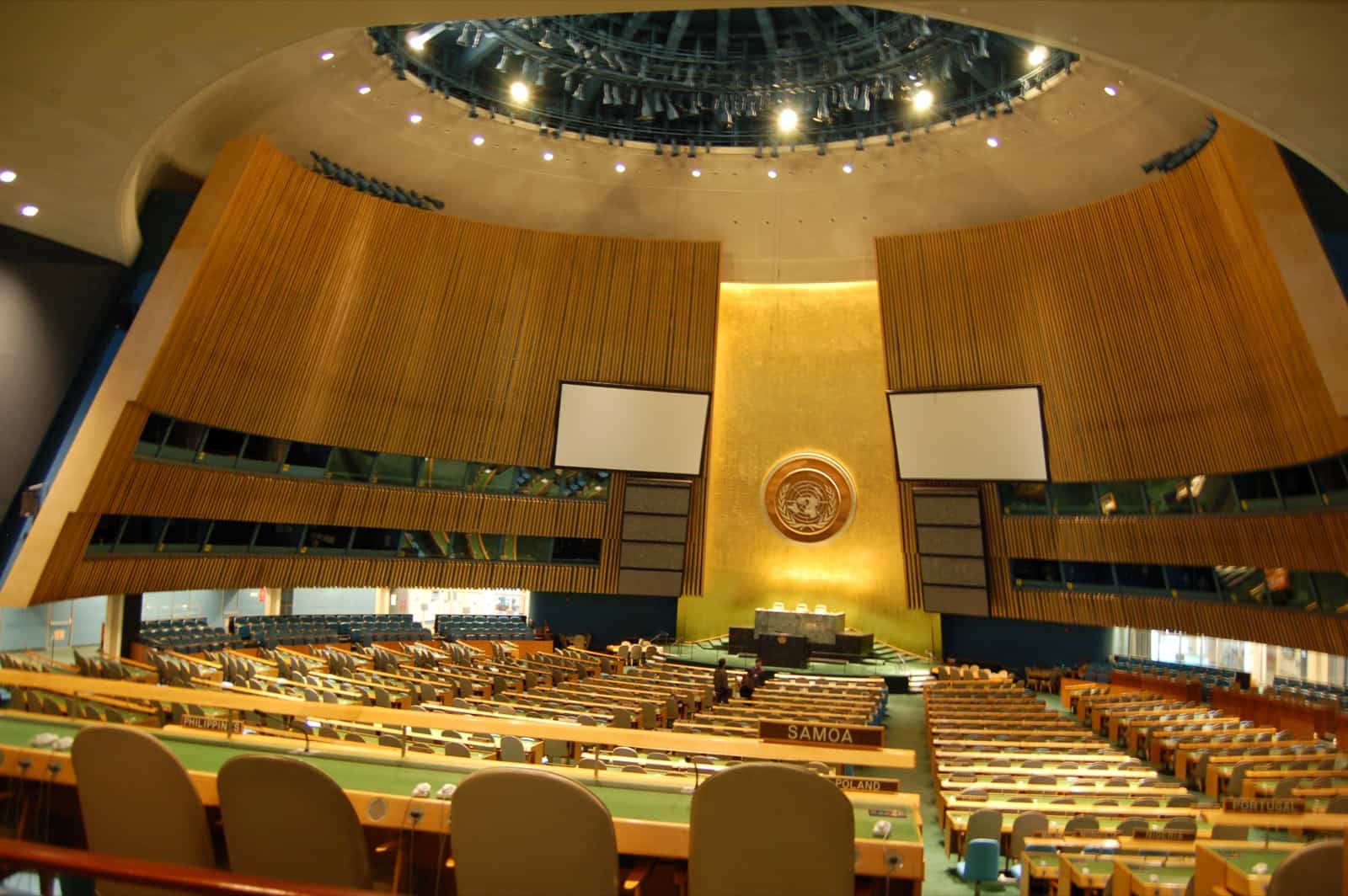September 09, 2016

The buzz is growing around the United Nations General Assembly (UNGA) High-Level meeting on Antimicrobial Resistance (AMR) that will take place in New York in two weeks. Any session involving UN Member heads of state and their top advisors has to be taken seriously, but are the expectations of a global turning point in the response to AMR warranted? If the outcome lives up to the results of a similar session on HIV/AIDS, the optimism is justified.
What the UNGA did for the global AIDs response
The UNGA special session on HIV/AIDS in 2001—the first health topic ever discussed at this high level—was a historic rallying point in the global response to HIV. It was the most concerted and inclusive gathering ever held to discuss AIDS at a global scale and marked a culmination of events that year in the fight against AIDS. As a result of the declaration of commitment made at the General Assembly, the Joint United Nations Programme on HIV/AIDS (UNAIDS) strengthened its response to the HIV crisis by setting specific health outcome and elimination targets; fostering partnerships across and among governments, community organizations, private sector, and media to increase coordinated efforts against the HIV/AIDS epidemic; and working to address not only purely medical aspects–prevention and care, but societal factors that affect people’s vulnerability to HIV/AIDS as well.
The success of the special session on HIV/AIDs was a consequence of increased political momentum and global government spending, which is exactly the type of response necessary to combat today’s AMR crisis.
What the UNGA can do for AMR
In the run-up to the AMR meeting, CDDEP researchers and colleagues have made recommendations (published in Science and Nature) that include setting specific goals and establishing a UN high-level coordinating mechanism (HLCM) with four areas of emphasis: 1) advocacy, 2) monitoring, 3) mobilization and 4) multi-sectoral coordination. These pillars are similar to those of UNAIDS when it was first established in 1996.
Currently, the capacity to scale up AMR prevention has never been stronger and a significant opportunity exists for concerted action on all fronts. An initiative that represents a feasible and achievable plan for the current decade is required and an effective and scaled up response is essential.
In addition to a scaled up response, further follow-up meetings will be important to maintain the political momentum needed to fight AMR. Events such as the 2016 high-level meeting on ending AIDs, with a focus on a fast-track approach to the AIDS response over the next five years, have continued to boost the momentum generated at the 2001 special session.
The special session on AIDS represented a call on all countries to take the necessary steps to implement the declaration that was made, and the same will be true for AMR.
The UNGA meeting should lead to the development of realistic goals, stimulate political will, mobilize resources, and agree on an accountability mechanism for global collective action on the issue of AMR. Furthermore, adopting frameworks that have been successful in the past would allow successful action plans to be made, as such those developed for the up-scaled AIDs response.
What we must do now
The mere fact of the UNGA meeting denotes the urgency of the AMR crisis and response. The delayed WHO response to the AIDS epidemic took an enormous human toll; we cannot afford similar delays in our response to AMR.
Whether or not the UNGA is able to generate the amount of commitment to AMR that it did for AIDs, this high-level meeting has the potential—and must realize it—to promote concrete steps. The meeting should focus on tangible outcomes such as the creation of an international body to coordinate the global response to AMR. Such a body would represent major progress in the global effort to tackle AMR. It will take the efforts of many groups and individuals in civil society and government to make the changes needed for real progress, however. Those of us at CDDEP take this very seriously and intend to keep the goals in sight and help maintain the current momentum.
Anna Trett is a Research Analyst at CDDEP.
Image via Dano (CC BY-SA 2.0)











